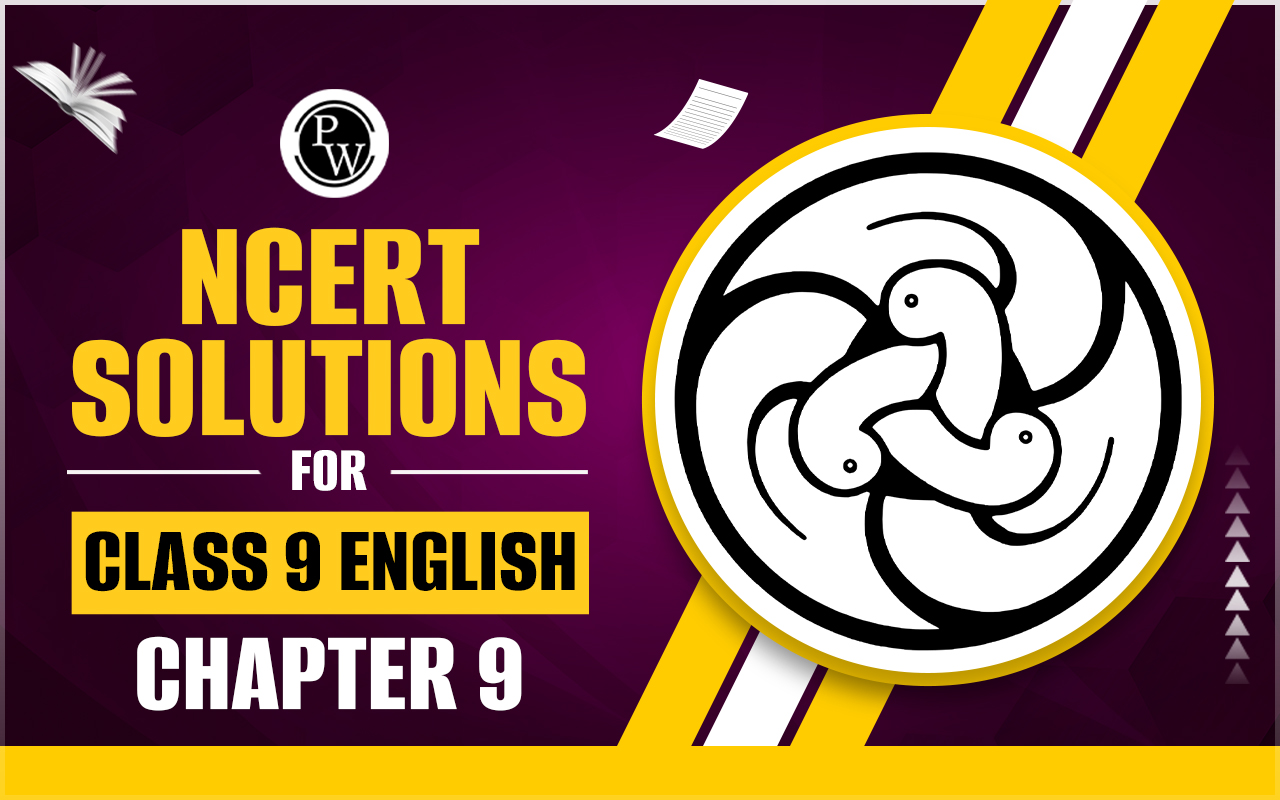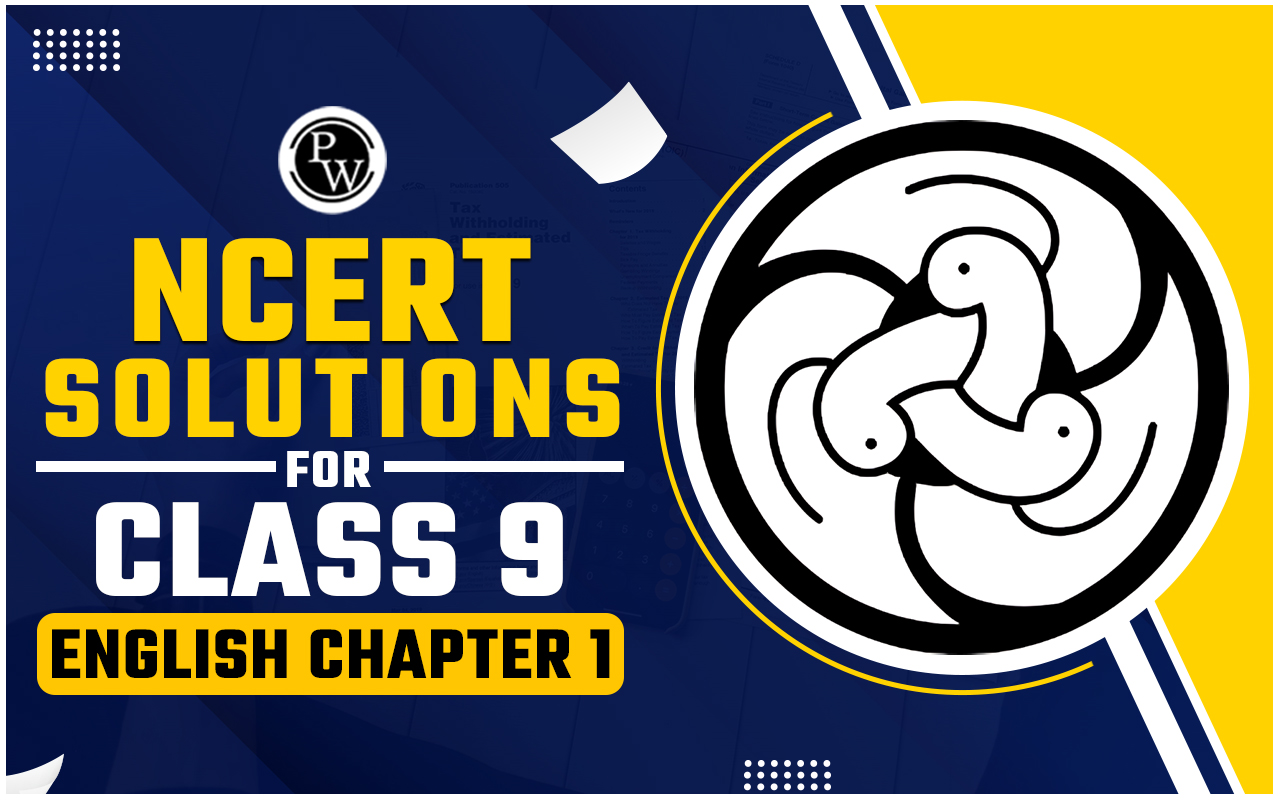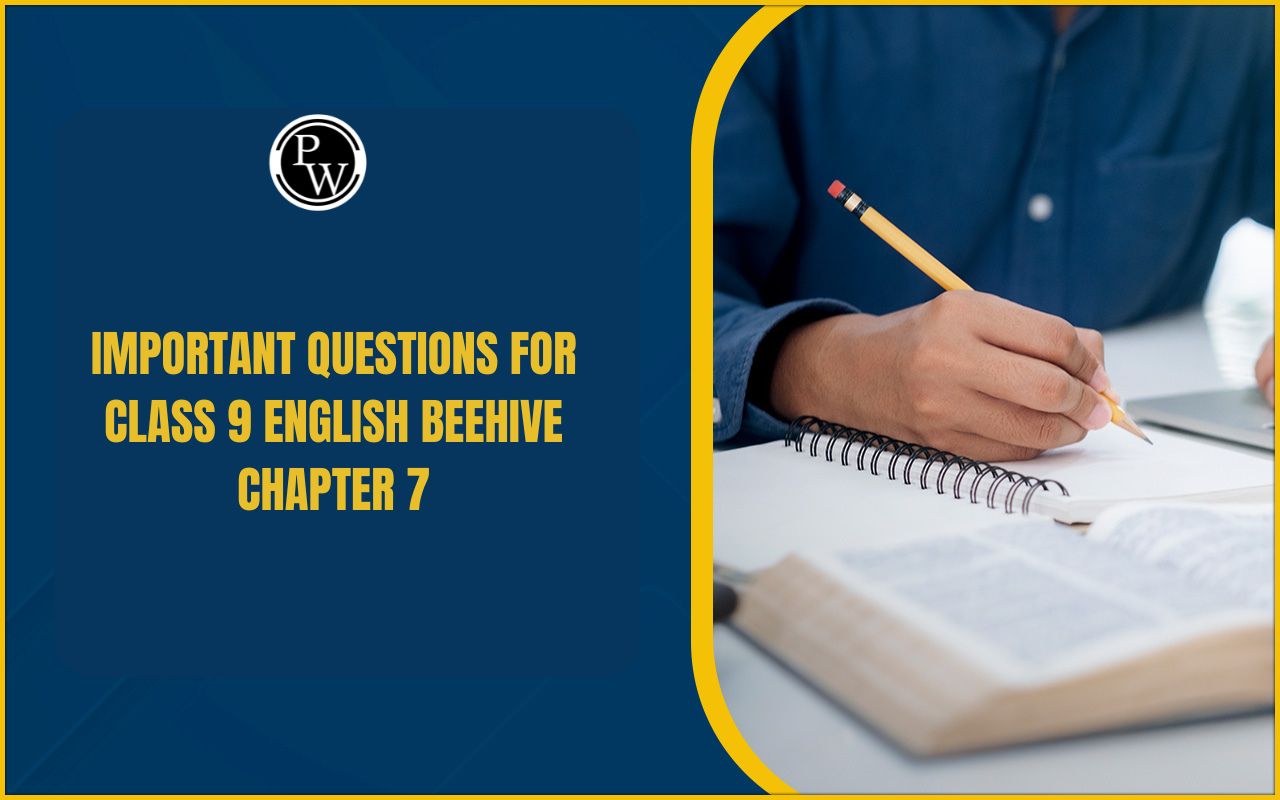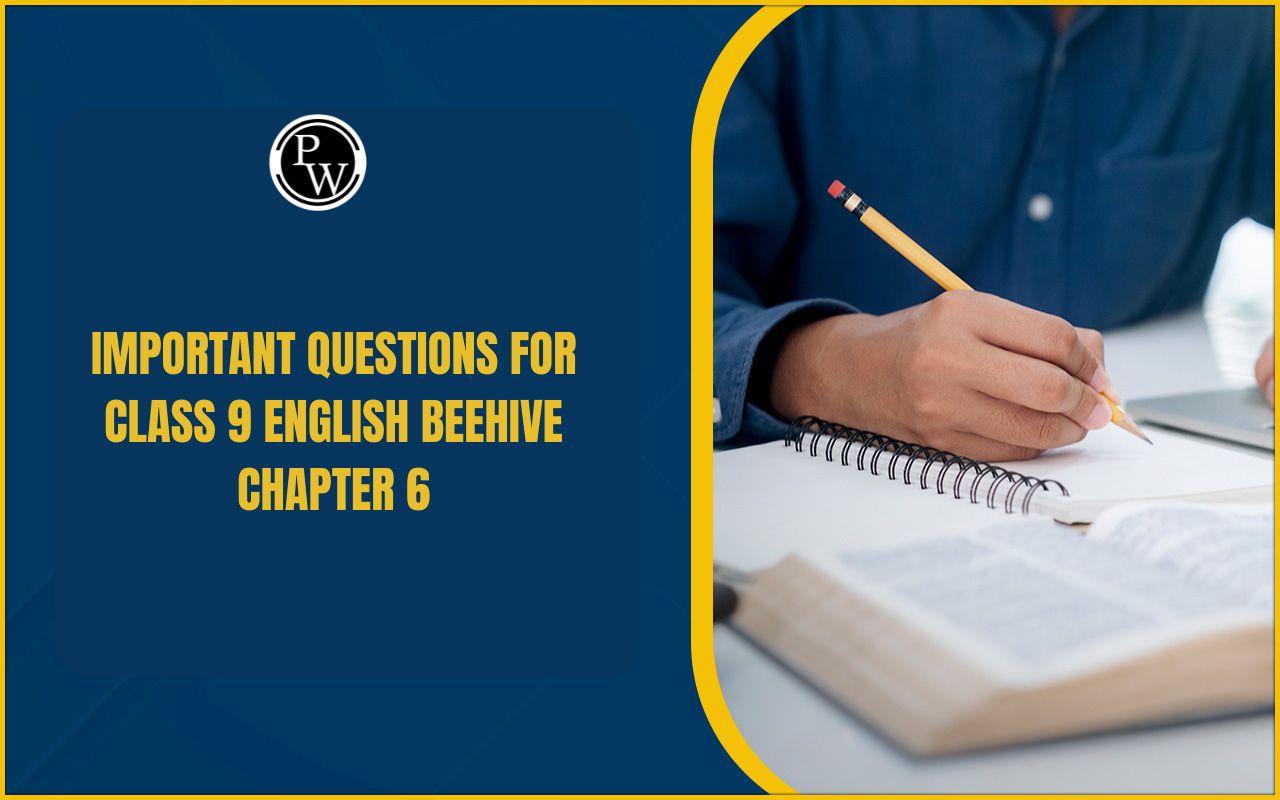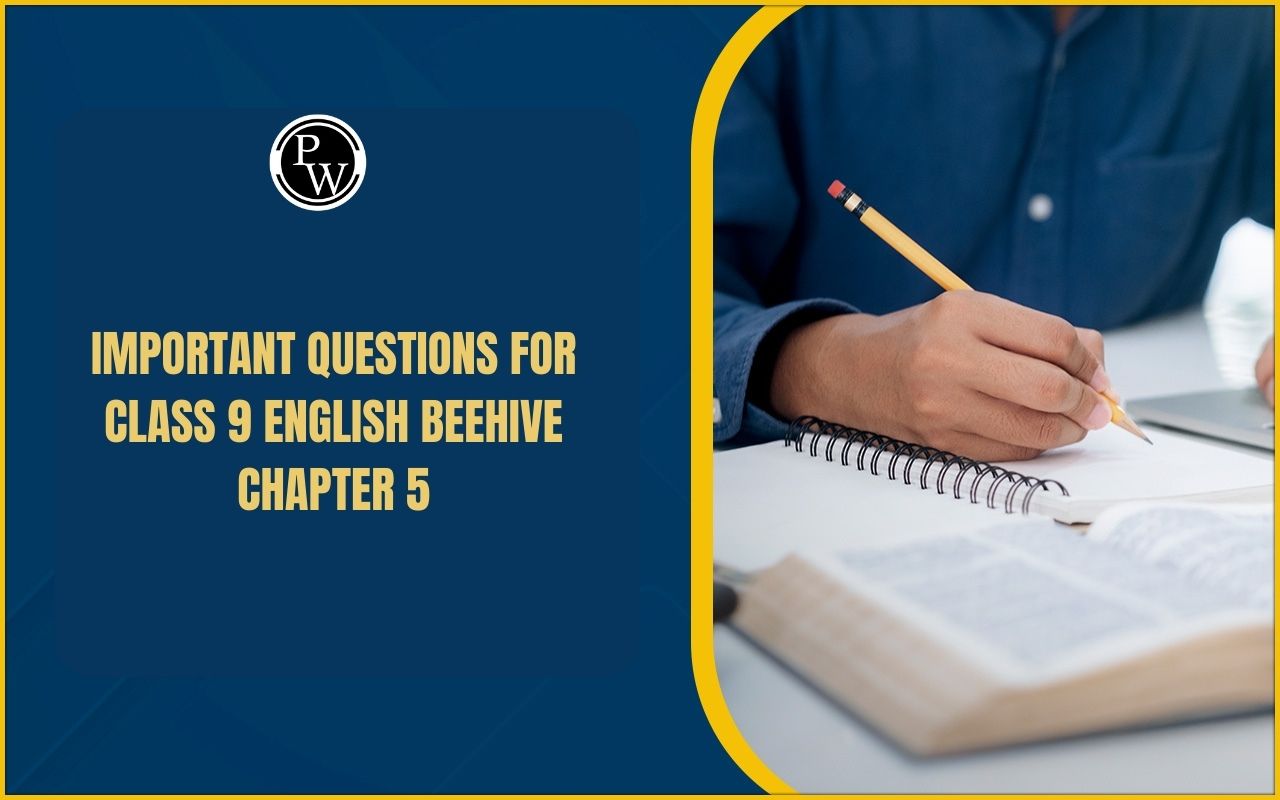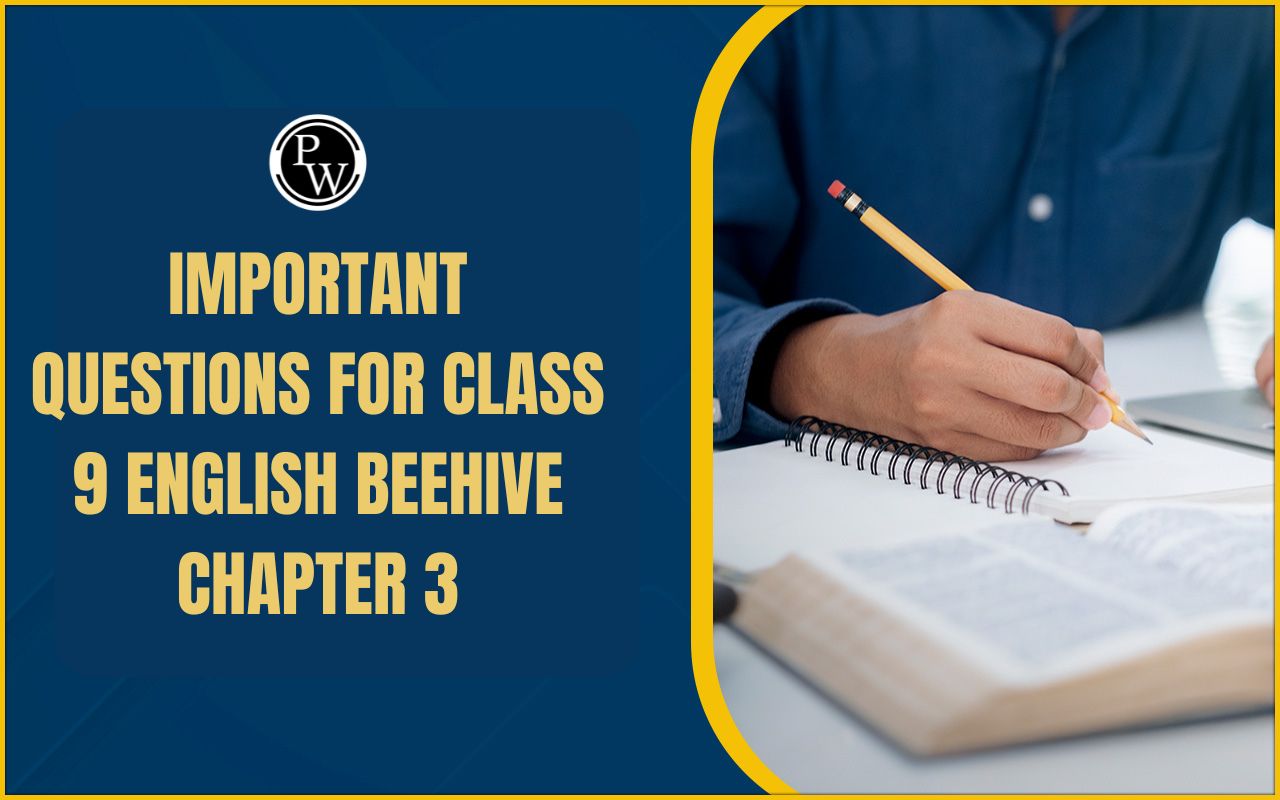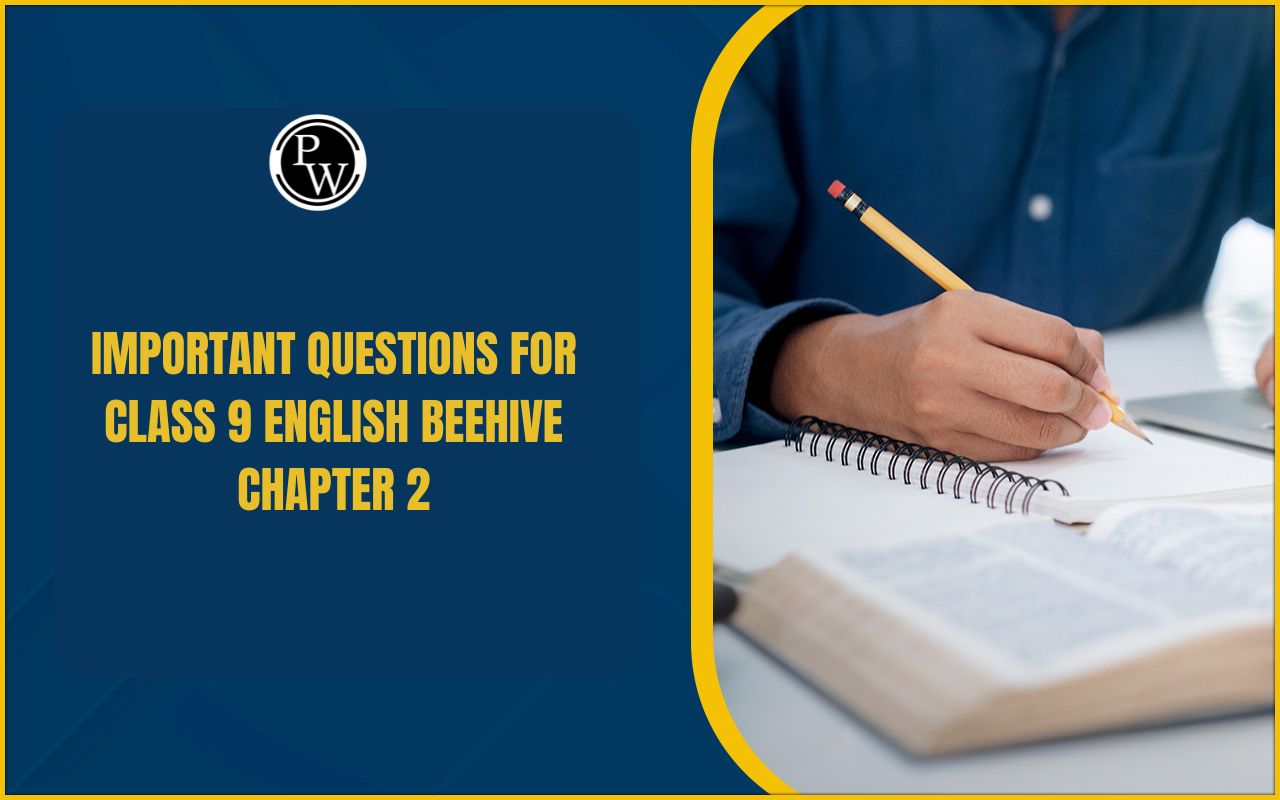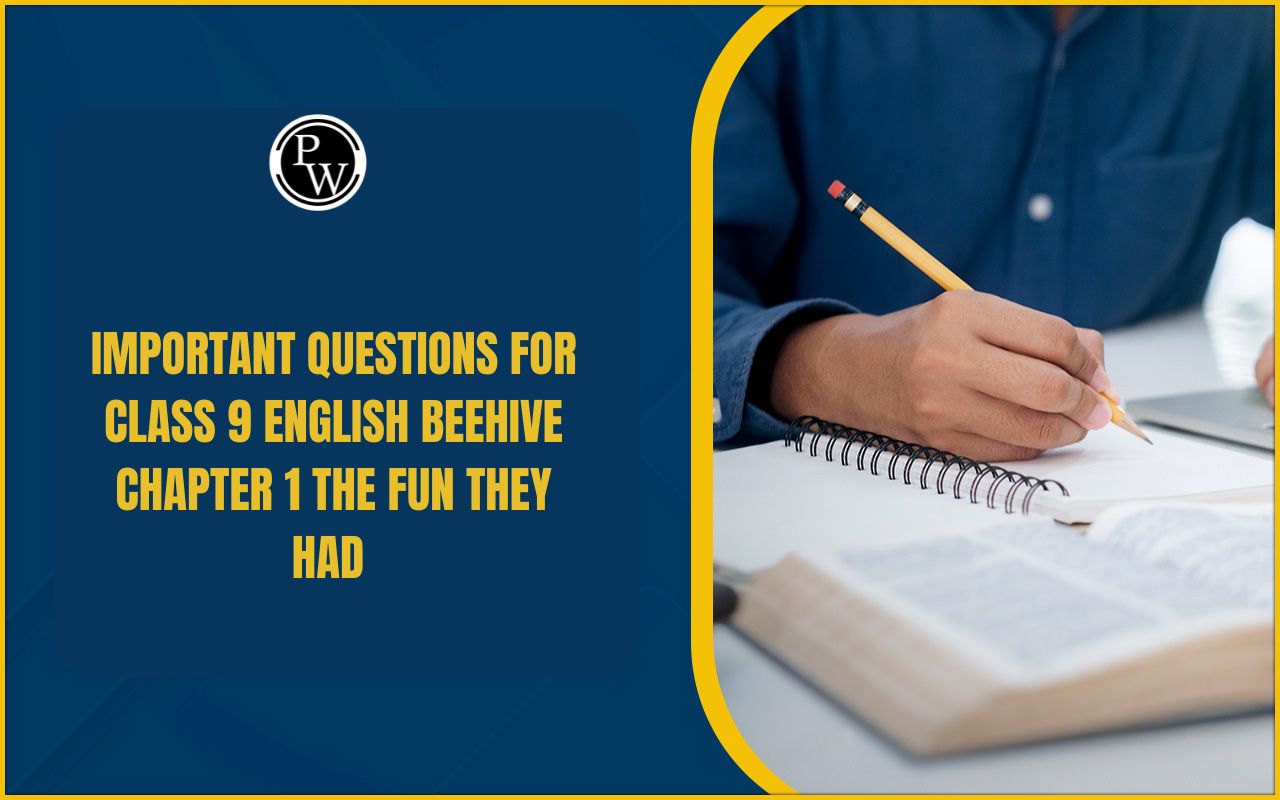
Honey Bee Life Cycle: Honeybee (tribe Apini), usually written honey bee, is any of a group of insects in the family Apidae (order Hymenoptera) that comprises all bees that create honey in a wide sense. The term honeybee refers to any of the seven Apis species—typically simply the one species, Apis mellifera , the domestic honeybee.
This species is also known as the European or western honeybee. Honeybees are all social insects that dwell in hives or nests. The honeybee is famous for its dance motions in the hive, which it uses to send information to its fellow bees about the position, distance, size, and quality of a specific food source in the surrounding region. Honeybees are the most effective pollinators. Bees are part of the biodiversity on which we all rely for existence. They produce high-quality food (honey, royal jelly, and pollen) and additional items such as beeswax, propolis, and honey bee venom.Honeybees And Their Roles
Within the hive, honeybees have several jobs and responsibilities:- The queen bee is the hive's star. The queen is the biggest bee in the colony and the only female bee with fully-developed ovaries capable of producing eggs. She sends out pheromones to keep the colony in check.
- The drone is a honey bee male. Drones account for roughly 10-15% of the colony. A drone's principal goal is to mate with the queen. During the mating flight, drones compete with one another. A drone dies shortly after mating with a queen.
- The worker bee is responsible for keeping the hive running. Depending on age, the worker bee will take on various duties in the hive. A juvenile worker bee is a nursing bee, fostering and feeding bee larvae while processing nectar, feeding the queen, and producing and capping honey. An elderly worker bee is out foraging.
Honey Bee Life Cycle
The honey bee life cycle contains four main phases between egg and mature bee, regardless of whether it is a worker, drone, or queen; however, the time it takes for each to emerge from the egg cell will vary somewhat. Bees, like other insects, go through a process known as metamorphosis as they evolve from larva to adult. Honeybees have four phases in their life cycle: eggs, larva, pupa, and adult. This entire procedure differs in length amongst honey bees. The queen takes roughly 16 days, the worker bees 18 to 22 days, and the drones 24 days.Egg stage
The honey bee queen lays an egg in a hexagonal wax egg cell. The egg is roughly the size of a grain of rice and starts erect in the cell before falling over on the third day. The queen bee lays between 2000 and 3000 eggs daily in the honeycomb. Fertilised eggs will develop into females (workers or potential queens). Unfertilised eggs develop into drones (male honey bees) and are placed in 'drone cells,' bigger than worker bee cells. A prospective new queen honey bee is laid in a unique cell called a 'queen cell'.Larva stage
After three days, the egg hatches into a larva, which resembles a small white grub. It has no legs and is completely blind. Young worker nurse bees who have yet to leave the hive or nest feed the larvae. Larvae are fed 'worker jelly' (female workers), 'drone jelly' (males), or 'royal jelly' (royal jelly) (queen). Initially, all worker bee larvae are given jelly for 3 - 4 days, following which workers are fed a slightly different jelly with less protein. Adult worker bees consume pollen and honey, but a larva destined to become a queen consumes only royal jelly and will continue to consume royal jelly throughout her life. Glands produce royal jelly in the cranium and salivary glands in the mouth. Royal jelly, sometimes known as 'bee milk,' is produced by young nurse bees (worker bees between 5 and 14 days old). Water, protein, vitamins, fats (lipids), sugar, and several mineral salts are all found in royal jelly. The larva will moult (shed its outer skin) multiple times as it grows. The egg cell is coated with wax by the worker bees after around 6 days (depending on whether the bee is a worker, drone, or queen).Pupa Stage
The larva forms a cocoon around itself and pupates inside the enclosed egg cell. During this stage, the larva grows into a fully formed bee with wings, legs, a head, a thorax, and an abdomen.Glyolysis and Glycolytic Pathway
Adult Stage
By gnawing its way through the wax capping, a young adult bee will eventually emerge from the hexagonal-shaped egg cell.Genetically Modified Organisms Ethical Issues
What is metamorphosis?
Metamorphosis is the dramatic change in shape or structure that occurs in an individual following hatching or birth. Moulting and juvenile hormones, which are not species-specific, appear to control the alterations.
What is moulting?
All honey bee castes moult about every 24 hours during the first four days of larval development. When ecdysis, or moulting, the skin splits over the head and falls off the larva's posterior end. This operation is normally finished within 30 minutes.
What is the composition of royal jelly?
Royal jelly comprises around two-thirds water, one-eighth protein, 11% simple carbohydrates, trace minerals and enzymes, and other trace minerals and enzymes.
Why are honey bees the most effective pollinators?
Honeybees are effective because of their large population, social life, and ability to pollinate a wide range of flowers. A colony can have 20-80 000 bees, and they will generally visit flowers across a two-kilometre radius to obtain pollen and nectar.
Define entomophily.
Entomophily is a type of pollination in which pollen is spread by insects such as bees, Lepidoptera (such as butterflies and moths), flies, and beetles.
🔥 Trending Blogs
Talk to a counsellorHave doubts? Our support team will be happy to assist you!

Check out these Related Articles
Free Learning Resources
PW Books
Notes (Class 10-12)
PW Study Materials
Notes (Class 6-9)
Ncert Solutions
Govt Exams
Class 6th to 12th Online Courses
Govt Job Exams Courses
UPSC Coaching
Defence Exam Coaching
Gate Exam Coaching
Other Exams
Know about Physics Wallah
Physics Wallah is an Indian edtech platform that provides accessible & comprehensive learning experiences to students from Class 6th to postgraduate level. We also provide extensive NCERT solutions, sample paper, NEET, JEE Mains, BITSAT previous year papers & more such resources to students. Physics Wallah also caters to over 3.5 million registered students and over 78 lakh+ Youtube subscribers with 4.8 rating on its app.
We Stand Out because
We provide students with intensive courses with India’s qualified & experienced faculties & mentors. PW strives to make the learning experience comprehensive and accessible for students of all sections of society. We believe in empowering every single student who couldn't dream of a good career in engineering and medical field earlier.
Our Key Focus Areas
Physics Wallah's main focus is to make the learning experience as economical as possible for all students. With our affordable courses like Lakshya, Udaan and Arjuna and many others, we have been able to provide a platform for lakhs of aspirants. From providing Chemistry, Maths, Physics formula to giving e-books of eminent authors like RD Sharma, RS Aggarwal and Lakhmir Singh, PW focuses on every single student's need for preparation.
What Makes Us Different
Physics Wallah strives to develop a comprehensive pedagogical structure for students, where they get a state-of-the-art learning experience with study material and resources. Apart from catering students preparing for JEE Mains and NEET, PW also provides study material for each state board like Uttar Pradesh, Bihar, and others
Copyright © 2025 Physicswallah Limited All rights reserved.
Get App
